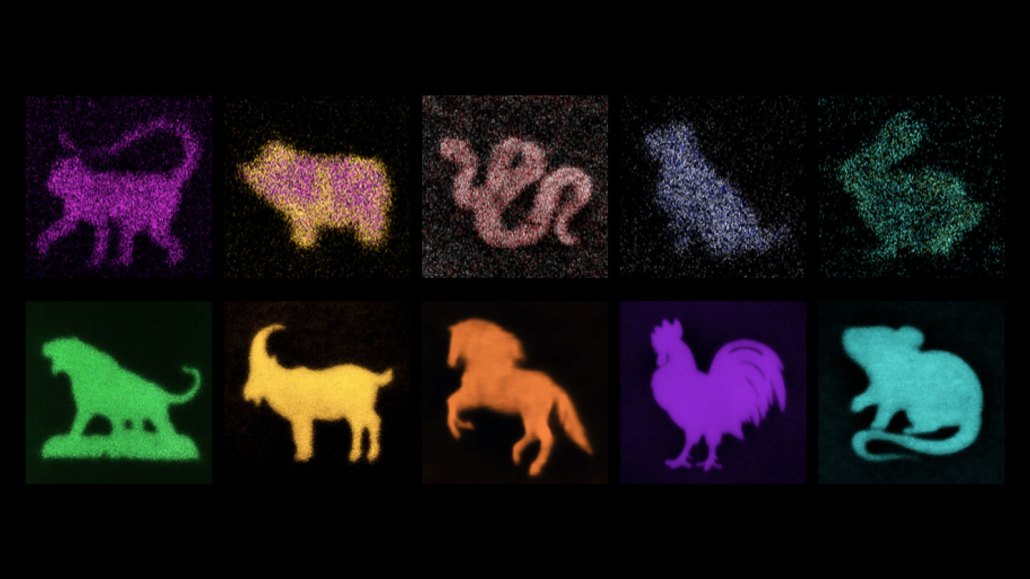Want a ‘Shrinky Dinks’ approach to nano-sized devices? Try hydrogels
Rather than making devices small to begin with, start big and make them small later

These Chinese zodiac animals etched in hydrogels come in many materials, including gold (goat), titanium dioxide (snake) and luminescent nanoparticles (rabbit). The images on the bottom are each a few dozen micrometers wide. The images at the top started that big and were then shrunk to roughly one-tenth their size.
The Chinese University of Hong Kong, Carnegie Mellon University








